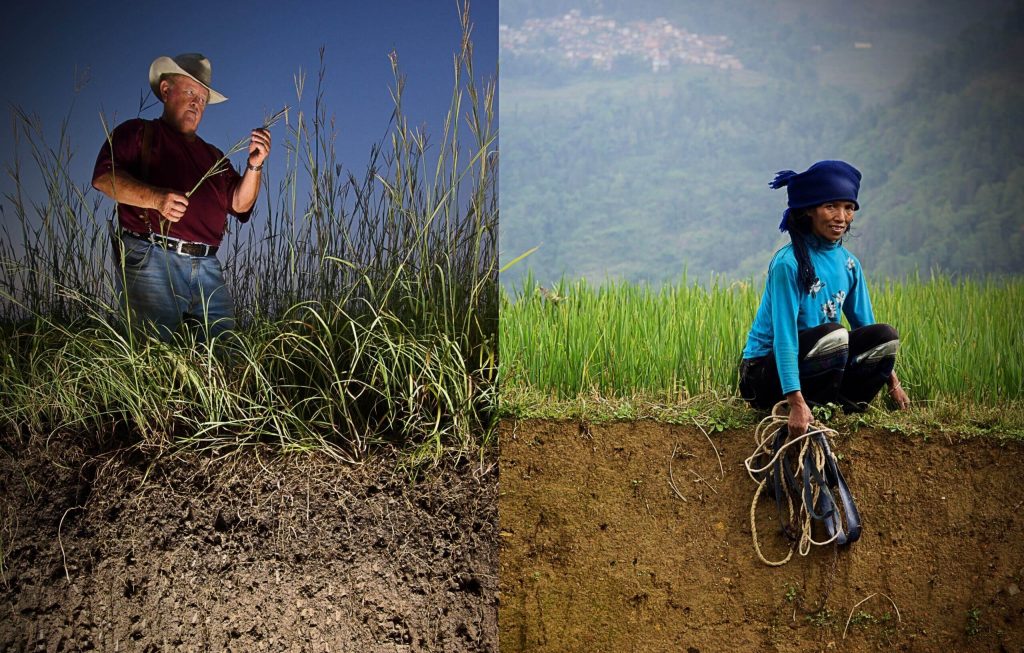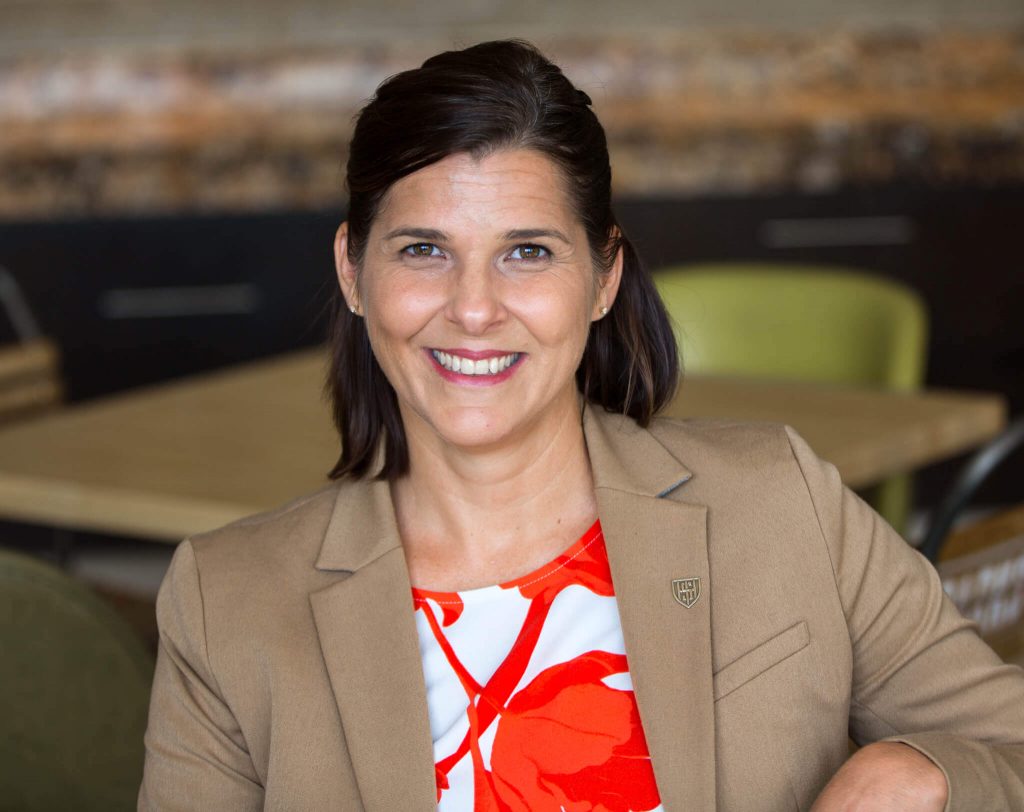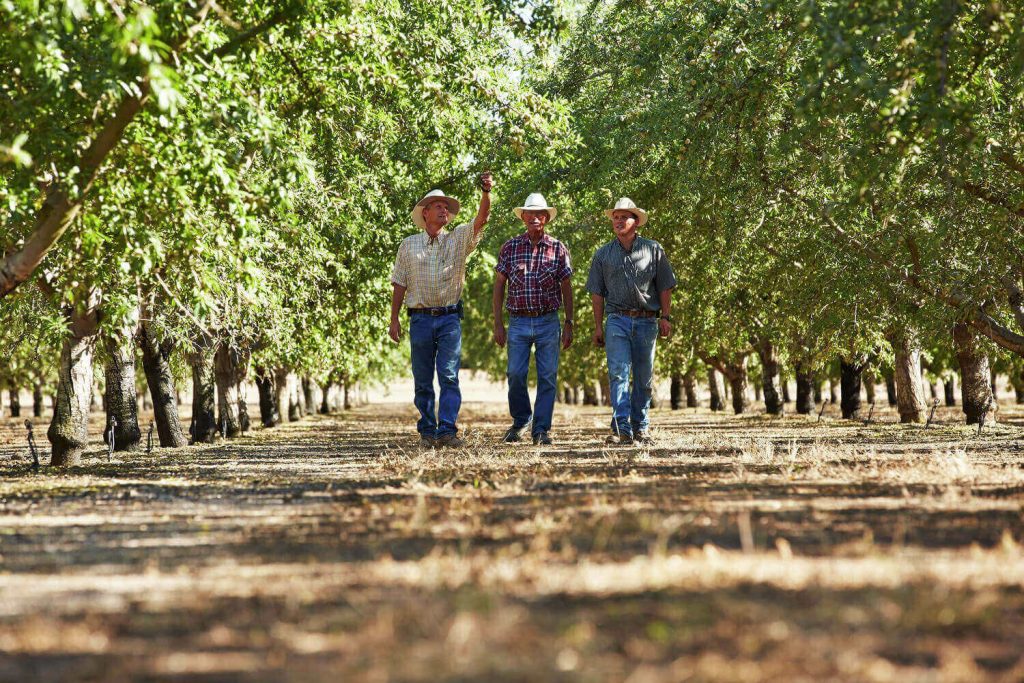
By Judd Spicer, Senior Writer, California Business Journal
Dr. Cristine Morgan has never shied from digging for dirt. In fact, she revels in it.
As the Chief Scientific Officer at the Soil Health Institute (SHI), Morgan’s work with the North Carolina-based non-profit has seen a merge, and a growth, of social sciences and soil sciences.
The coalesced efforts have resulted in soil health knowledge, economics and best practices not simply gathered – but better organized and shared with colleagues, partners and farmers across the country.
For Morgan, a longtime, former tenured professor of Soil Sciences at Texas A&M University, the call to join the Soil Health Institute in late 2019 was pre-dated by the seeds of outreach opportunity.
“I got involved in leading a concept called ‘Global Soil Security,’ and in 2014, I hosted the first Global Soil Security Conference, held at College Station, Texas A&M University,” Morgan recalls. “And we had around 40 different institutions and 12 countries represented. In that, I realized that while soil science is amazing, the ability to break out of our silo had not matured much.”
Enhancing the reach of soil health communication turned Morgan’s career in a new direction.
“At the time, my focus was on soil hydrology, but, after the conference, I became very passionate about all aspects of soil stewardship and science,” she continues. “I submitted a proposal in partnership with an economist and a sociologist, and along with a handful of graduate students, we began working on a survey of farmers in an area in Texas, trying to understand barriers to adoption of soil management practices. We wanted to understand the needs of farmers when they are deciding whether to adopt management practices that also benefit the environment.”

Missioned to enhance the vitality and productivity of soil through scientific research and advancement, SHI, founded in its present iteration in 2016, provided Morgan the chance to not only assemble soil health knowledge on a greater scale, but also to extend messaging of information.
“When the position opened up at the Soil Health Institute, I saw an opportunity to take this assembled wealth of knowledge in soil sciences and get it out to the world,” Morgan says. “This job is a unique opportunity to try and merge the social science with my own abilities with highly-technical soil information.”
In her post — surrounded by like-minded experts across the fields of academia, agriculture, climate and economics – Morgan has been enabled to enact real-time change efforts through SHI’s wide lens of training, research, education and hands-on projects.
“It’s also about monitoring the impact of change, so we can communicate that with the people who manage soils on a farm and also everybody else who lives off of our natural resources. We’re all impacted by positive improvements in soil health. We’re trying to bring this information to light, and enable change-makers to monitor and credibly-measure their change.” — Dr. Cristine Morgan
Exampling the efforts is SHI’s Healthy Soils for Sustainable Cotton project, an eight-part webinar series for farmers, running through March. “This is a big idea, and it’s about getting the information out there,” Morgan enthuses. “Just going to somebody with a bunch of information and suggesting a change is a lot different than the work of continuous engagement – that’s what this program is focused on. Adoption of new management practices is hard, and it takes work, learning, ingenuity and flexibility to make changes on the farm.
Farming, akin to politics, is much about locality. As such, the Healthy Soils for Sustainable Cotton project is provincial in context, with farmer mentors — and the economics therein — being showcased to other farmers across the country, including spotlights on Texas, California, Arkansas, Georgia, the Carolinas, and Mississippi.
“It’s about what success looks like locally; soils, climates and cropping systems are local combinations,” Morgan explains. “We’re trying to highlight what success looks like in individual locations. Provincialism is very important; if you look at a soils map of the country, you’ll see that soils vary greatly across and between states, as do cropping systems and the climate.”
The efforts of SHI come, of course, at a time when extreme climate events are enhancing conversations around conservation. An increased onus on domestic natural resources, from soil to sky, has Morgan witnessing an upshift in the tenor of sustainability and regenerative agriculture.
“Combining the pandemic with the fires, the freezing temperatures in places likes Texas, the wind storms in the Midwest – all of these things are reminding us of the urgency of paying attention to our environment,” Morgan says. “I feel like the tone of urgency is changing.”
Per the ongoing times of virus, Morgan has seen her outreach turn virtual.
“The first year of the program, it was very hands-on, moving around to different states and farms,” she says. “I loved doing these projects in-person, and, of course, seeing these people and these locations in-person, it’s all so tangible. There’s nothing like seeing these landscapes, farms, and their stewards in-person.
Any yet, the digital shift may also come with long-term benefits.
“We definitely want to get back in person, but I think that, during COVID, we’ve also learned the importance of having virtual tools and materials,” she adds. “There’s definitely been an uptick in interest. For instance, we had a set of certified crop advisor training webinars, and we broke records in online registration and attendance.”

Akin to the cache of environmental issues becoming more pronounced amid the pandemic’s push to more closely review how lifestyles effect personal wellness and the world beyond, a closer national focus on soil health is rising to the surface.
“We take soil for granted: we walk on it, drive on it, build on it, but we also grow our food on it. What makes us so lucky as a country is that we have an amazing soil resource. Being able to take for granted this resource is a luxury that not all global citizens have. And yet, that can occur to a fault: it’s what we benefit from, but also what we suffer from, because we can abuse our soils and not realize consequences until it’s a problem.” — Dr. Cristine Morgan
Uniting the soil study and farming communities is finding Morgan deeper in the dirt. And by exploring education and solutions in-tandem, that’s exactly where she wants to be.
“It feels good to be working together in this community to get the job done. I think that soil health is a job that can be done,” she concludes. “It feels like a lower lift than trying to solve climate change, but improving soil health is also such an important component of addressing climate change, water quality, and other environmental challenges. I think we can have success here. And that success will feel good and be good for everybody.”
Copyright © 2021 California Business Journal. All Rights Reserved.
This article was edited and published by Rick Weinberg, California Business Journal’s Founder and Editor-in-Chief. Click here for Rick Weinberg’s biography.
TO READ THE MAGAZINE VERSION OF THIS ARTICLE, CLICK HERE.